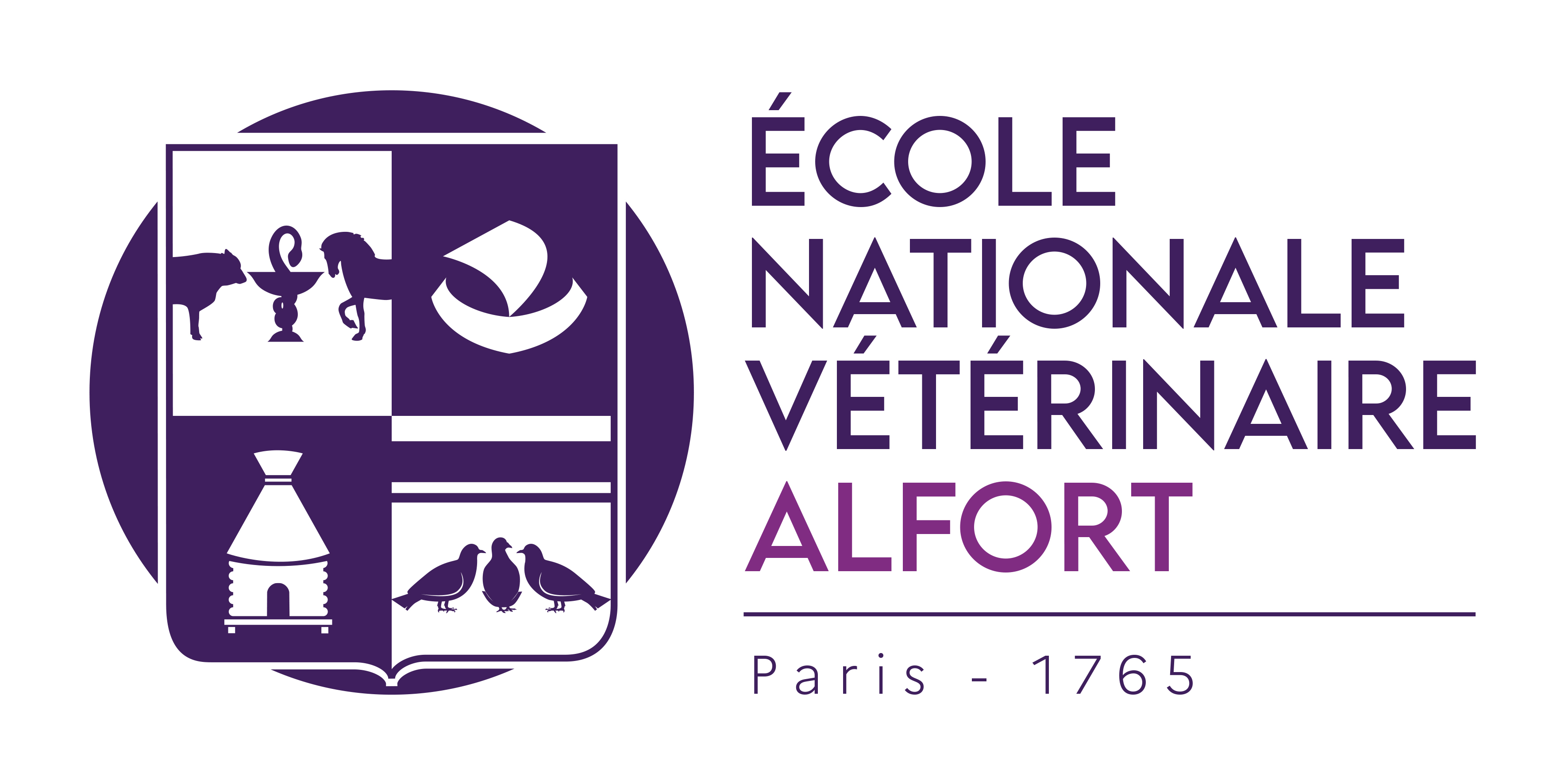Use of the yeast two-hybrid approach for the identification of multiple cellular interactors of AHSV: on the road to understanding virulence mechanisms.
Résumé
African Horse Sickness (AHS) is a devastating disease of equids caused by AHS virus (AHSV), an arbovirus of the Sedoreoviridae family, genus Orbivirus. There are 9 described AHSV serotypes transmitted by haematophagous Culicoides midges. The horse infection leads to severe respiratory and circulatory impairment and is often fatal. AHSV is endemic in tropical and subtropical Africa areas but during the last century it has repeatedly spread outside Africa causing severe outbreaks in Europe and most recently in Thailand. These emergences (partly driven by climate changes) in previously free regions argues that this is an active and ongoing global threat to the horse industry. AHSV is an obligate intracellular pathogen whose replication cycle requires cellular host reprogramming processes. Viral hijacking of cell signaling pathways is largely driven by virus-host protein-protein interactions (PPIs) but so far, no PPIs study has been conducted for AHSV. Thus, to identify virus-host PPIs related to virulence, we have compared the cellular interactome of two high- and low-pathogenic AHSV strains with a yeast two-hybrid (Y2H) system. All open reading frames (ORFs) of the virulent AHSV-5 and apathogenic AHSV-4 strains were cloned in a Y2H bait plasmid. On the other side, a cDNA library from a Human lung cell line (A549) was used as prey. In Y2H screening experiments, yeasts can only grow if the viral bait interacts with the cellular prey proteins through a reporter gene system. More than a hundred of cellular interactors were thus identified by prey plasmids sequencing and analyzing with a Human-specific multi-parallel BLASTX alignment program. Bio-informatic analyses established interactome maps and identified the biological functions of each cellular partner to reveal AHSV targeted cellular pathways. Preliminary data indicate that the major biological functions hijacked by AHSV are the host-virus interaction, protein transport and RNA-binding. Unravelling the functions of viral proteins and their interactions with host proteins is a prerequisite for the development of new therapeutic and prophylactic solutions. Within this context, the compared analyses between the pathogenic and apathogenic strains will also allow us to identify crucial interactors which could play a role in AHSV virulence mechanisms.
Domaines
Sciences du Vivant [q-bio]
Fichier principal
 Livret des résumés_Journée Scientifique EnvA_18092023_VF.pdf (551.62 Ko)
Télécharger le fichier
Livret des résumés_Journée Scientifique EnvA_18092023_VF.pdf (551.62 Ko)
Télécharger le fichier
Origine : Fichiers produits par l'(les) auteur(s)

